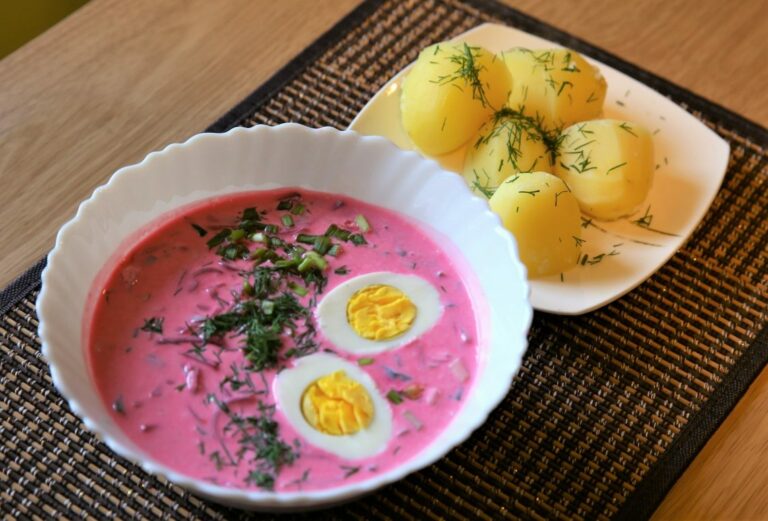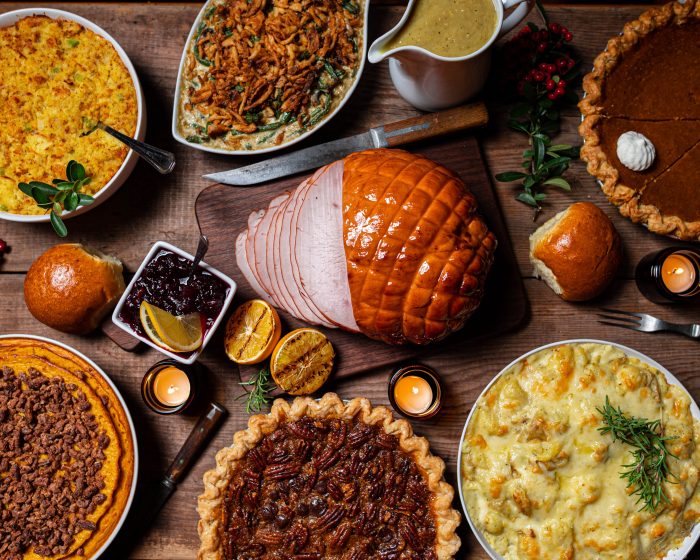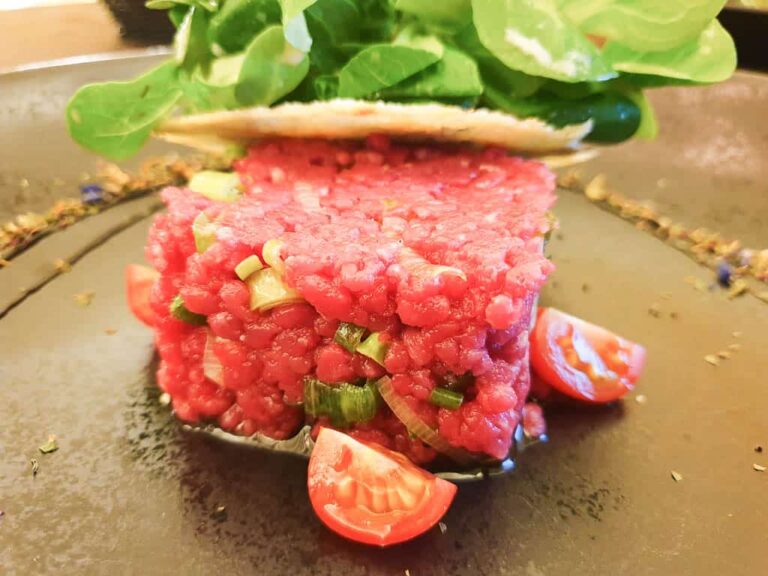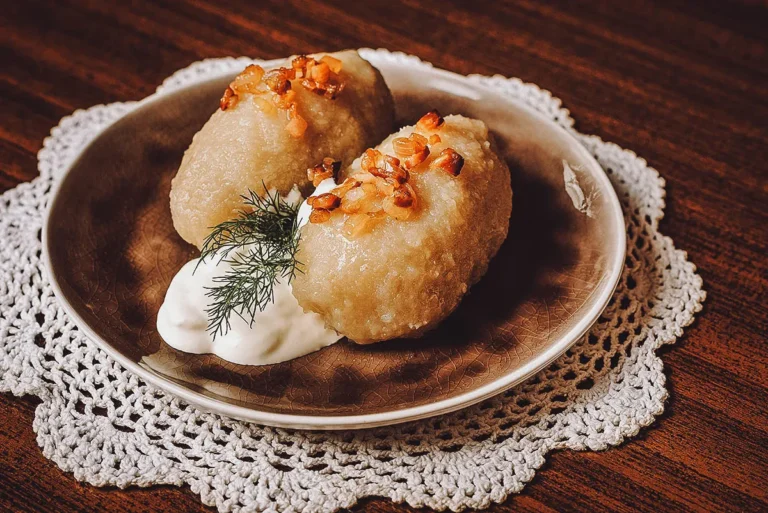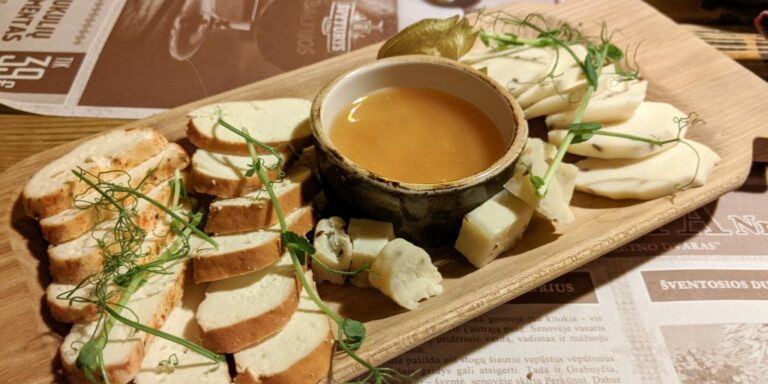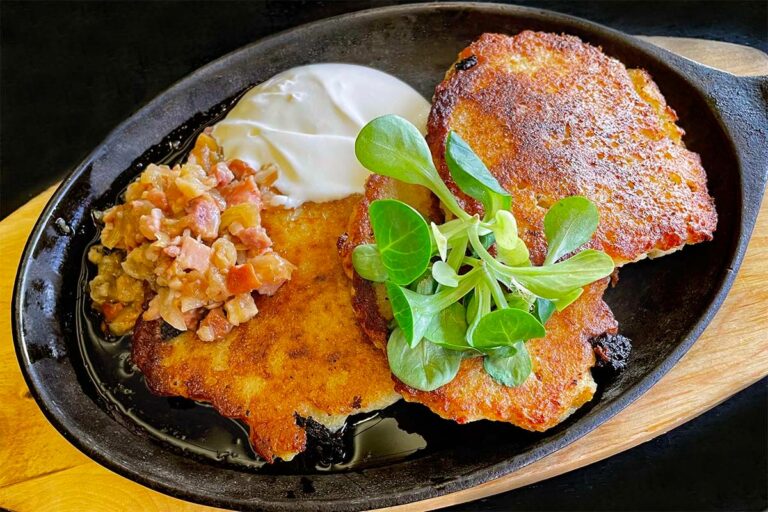Introduction: Liechtenstein’s Cuisine
Liechtenstein is a tiny country nestled between Switzerland and Austria, but despite its small size, it boasts a rich and unique culinary tradition. The cuisine of Liechtenstein is influenced by its mountainous terrain and the outdoor activities that take place in the region. From hearty meat dishes to delectable desserts, Liechtenstein’s cuisine has something for everyone.
The Mountainous Terrain of Liechtenstein
Liechtenstein’s mountainous terrain has a significant impact on the country’s cuisine. The country’s landscape is characterized by steep slopes, rugged ridges, and deep valleys. These environmental factors have traditionally made agriculture and animal husbandry difficult in Liechtenstein. As a result, the country’s cuisine has relied heavily on wild game that roams the mountains, as well as dairy products from cows and goats that graze on the alpine pastures.
The Role of Wild Game in Liechtenstein’s Cuisine
Wild game is a staple ingredient in Liechtenstein’s cuisine. The country’s rugged terrain is home to a variety of game animals, including deer, chamois, and wild boar. These animals are often prepared in hearty stews or roasted with herbs and spices. Liechtensteiners are proud of their hunting heritage, and many families have their own secret recipes for preparing game dishes that have been passed down for generations.
Outdoor Activities and How They Affect the Cuisine
Outdoor activities such as hiking and skiing are popular in Liechtenstein, and they have a direct influence on the country’s cuisine. Skiers and hikers need high-energy foods to keep them going, and this has led to the development of dishes like käsknöpfle, a type of pasta made with cheese and served with caramelized onions. Other popular dishes include rösti, a crispy potato dish, and gröstl, a hearty meat and potato stew.
Traditional Dishes That Reflect the Landscape
Traditional dishes in Liechtenstein often reflect the country’s mountainous landscape. For example, käseknöpfle, which is similar to Swiss macaroni and cheese, is made with local cheeses and often served with lingonberry jam. Other traditional dishes include capuns, a type of rolled dumpling filled with spinach and bacon, and hafalaab, a sweet bread made with raisins and almonds.
Modern Influences on Liechtenstein’s Traditional Cuisine
Liechtenstein’s cuisine has evolved over the years, with modern influences making their way into traditional dishes. For example, many restaurants now offer vegetarian and vegan options, reflecting the growing interest in plant-based diets. Additionally, fusion cuisine is becoming increasingly popular, with chefs incorporating flavors and techniques from other cuisines into traditional Liechtensteiner dishes. Despite these changes, however, Liechtenstein’s cuisine remains firmly rooted in the country’s mountainous terrain and outdoor activities.



